It’s draft day! And here in 2022, the San Francisco Giants have one of the most intriguing drafts in front of them. It’s Farhan Zaidi’s fourth draft as the President of Baseball Operations, and it’s the furthest back he’s ever drafted.
After leading MLB in wins in 2021, the Giants will draft at #30 overall in the first round. It’s only the second time the Giants have drafted this far back in the draft without having lost their first round pick (2001, Noah Lowry). Ironically, MLB will change the draft going forward to have the draft order set by playoff eliminations, but the Giants are just one year too early for that.
Drafting at #30 has challenges. The best players will be long gone. And it’s harder to predict who will actually be available at #30, based on the teams above the Giants. And the Giants will have the second lowest draft pool amount of any team to spend, hamstringing their ability to make a splash. The Giants draft pool is $5,793,200, with only the Dodgers at $4,221,400 behind them.
So…what will the Giants do?
Under Farhan, the Giants do have some drafting trends we’ve seen. Will they follow them in this unique spot? We’ll find out after the draft is over. But, based on those, here’s a few names to look
College Outfielders
Two of the Giants three drafts under Zaidi, the Giants have looked at college hitters, and this draft could be no different. Some of the Giants best fits are college outfielders, and these three players are among the most likely to be called when the Giants pick.
Brock Jones, OF, Stanford
Jones has been connected to the Giants a few times, and not just because he’s local. A former football safety who has switched to baseball only, Jones has a mostly solid all-around game, with his speed shining the most. At the very least, he’s a capable center fielder, although he has a fringy arm. There is concern about his hit tool, but the Giants have never shied away from that. If he can make the adjustments to get more hits, he has the power and speed to take extra bases one way or another. Jones has had some helium late in the season, however, and may not be available by the time the Giants pick.
Dylan Beavers, OF, California
Another local college outfielder that the Giants may like. Beavers is a bit like Brock Jones, but to more extremes. He has more raw power, and even more raw speed, and he has a good arm that could play in right field or center. But Beavers’ hit tool is also more questionable, and may need to be revamped entirely. Are the Giants the team to do that, looking at recent picks? It’s a good question. Beavers is definitely a boom or bust guy, but could be as high an upside hitter as is likely to be available at #30.
Drew Gilbert, OF, Tennessee
Where Beavers is a riskier, upside version of Jones, Gilbert looks more like a lower ceiling and higher floor version. All of Gilbert’s tools range out as at least average, notably with a good hit tools, and a strong enough arm to fit at any outfield position. But his power is closer to average, and he’s had problems when trying to sell out for power. He’ll steal some bases, but won’t be a burner, either. Still, Gilbert has a high floor with good defense and played on one of the best teams in college baseball, and in some ways, feels like hitting version of Will Bednar from last year. There is a serious risk that he won’t be available at 30, but if teams start drafting for upside, he might fall.
High School Pitchers
The Giants have made a recent name taking high-level high school pitchers, though in the past it’s been in later rounds where they could sign other players for less to buy out a college commitment. That’s less of a possibility with the smaller draft pool at #30, but they might still try to get such a player with that late first round pick. And there’s quite a possibility here.
Robby Snelling, LHP, McQueen HS, NV
Snelling has risen up the draft boards this year, with a low-90’s fastball and a plus curveball, and plus control. The quarterback still might have room to grow on that velocity, too. Snelling has been linked with the Giants a few times, which makes his name a pretty likely call. But Snelling is also a football prospect, lined up to play at Louisiana State University. It will take quite the bonus to sign him, and will the Giants be able to put up such a bonus out of their pool to get him?
College Pitchers
One thing that the Giants have shown an interest in, both in the draft but also free agent pickups is finding pitchers who have one great pitch or feature, and building a repertoire around that. A couple of college pitchers might offer that ideal, if they are still available at #30 after having interruptions to their seasons.
Carson Whisenhunt, LHP, East Carolina
With one of the best changeups in the draft, Whisenhunt probably should be taken much higher than this, but he has one big thing that has cost him in this draft: a positive PED test that didn’t let him pitch this year. He claims it came from supplements, but it meant he’s had almost no action this year except for getting blasted in four games in the Cape Cod League, which didn’t help. Still, he’s got an excellent change with an average fastball and curve, and above-average control, so the risks might pay off if he is still at #30.
Cooper Hjerpe, LHP, Oregon State
Hjerpe doesn’t light up radar guns with a low-90’s fastball, but with a unique motion that adds a ton of deception that makes him effective against both righties and lefties, and a sweeping slider that he can adjust both his velocity and shape as needed. He pairs this with above average control. Hjerpe’s ceiling is generally considered to be a back-of-the-rotation guy, or a change-of-pace reliever not unlike Tyler Rogers. While that’s not exciting, getting any kind of regular player out of the back of the draft would be good value.
Others
Henry Bolte, OF, Palo Alto HS
The Giants have shown deference to locals, and so Bolte, coming from the same high school as current Giant Joc Pederson, can’t be ignored. In some ways, he’s similar to the college outfielders listed above. Bolt has plus-speed, above average power, and should be able to handle center field, but his hit tool is lacking and could keep him from reaching his potential As a high school player, it may take a big bonus to get him out of his commitment to the University of Texas. Bolte could potentially be an option in the second round if he slips that far.
Peyton Graham, SS, Oklahoma
Graham is the kind of all-around player that is often available late in the draft. Graham is above average at every tool, though without any standout tools. He has played both third base and shortstop, and handles himself well at either position, but should have the athleticism to have versatility at various positions. Graham might be a bit of a low ceiling player, but at the back of a draft that’s not the worst option, and this pick might be comparable to Joe Panik, who was drafted at #29 overall in 2011 and had a relatively short but good Major League career.
Wild Cards
Every year, there are players who might really have interesting drafts, and whose landing spot could be early, or they could really, really slide. Any of the following players could be drafted high, or could slide well into the second round, and if they slide, any might be considered by the Giants at #30.
Kumar Rocker, RHP, Tri-City (Frontier League)
Okay, let’s start with Rocker. One of the top picks in the 2021 draft, Rocker was drafted at #10 out of Vanderbilt as one of the top pitchers in the country, but was not signed famously due to medical concerns. Rocker decided not to return to college, and then signed into the independent Frontier League to showcase his stuff. Rocker’s stuff is among the best in the draft, but how teams will view his health records could see him slip past the first round. One of this draft’s big storylines will be where Rocker will be drafted. Probably, Rocker will be gone long before the Giants draft. But if he isn’t, expect him to have the same buzz as we saw around the Giants when Khalil Watson was available at #14 in 2021 (but then pass on him).
Connor Prielipp, LHP, Alabama
The most common statement I see in scouting reports on Prielipp is, essentially, that he would’ve been consider for the #1 overall pick if he hadn’t had Tommy John surgery in 2021. Now, this seems to be a bit of hyperbole, but Prielipp’s slider is legitimately one of the best pitches in this draft. Whether or not his straight fastball and average changeup can catch up, and whether the spotty control he showed briefly after recovering from the surgery can be fixed, are two big questions. In the end, Prielipp does have huge upside, and there’s a solid chance he’s still available at #30.
Owen Murphy, 3B/RHP Riverside Brookfield TWP HS
Rather than a slider, let’s talk about a late riser. Murphy is a 2-way player who likely will stick as a pitcher, with a low-mid-90’s fastball and a hard breaking slurve in the high 70’s. He also is a third baseman who has some power and, as you might expect, great arm strength from third. One could imagine a Casey Schmitt comparison, but more as a pitcher first. Murphy has been a late riser ahead of the draft, and should be available at #30, but there’s a serious question about what it will take to sign him.
Jacob Berry, OF, LSU
Berry is quite likely the best hitter in this draft, and on that could be drafted in the Top 10 based on that alone. The problem is that he’s a hitter, but he isn’t a baseball player, as he has no real defensive home. He might possibly end up at first, but is more likely going to become a designated hitter. That fact could see him slip down the boards pretty far. How far? It’ll quietly be more interesting than Rocker.
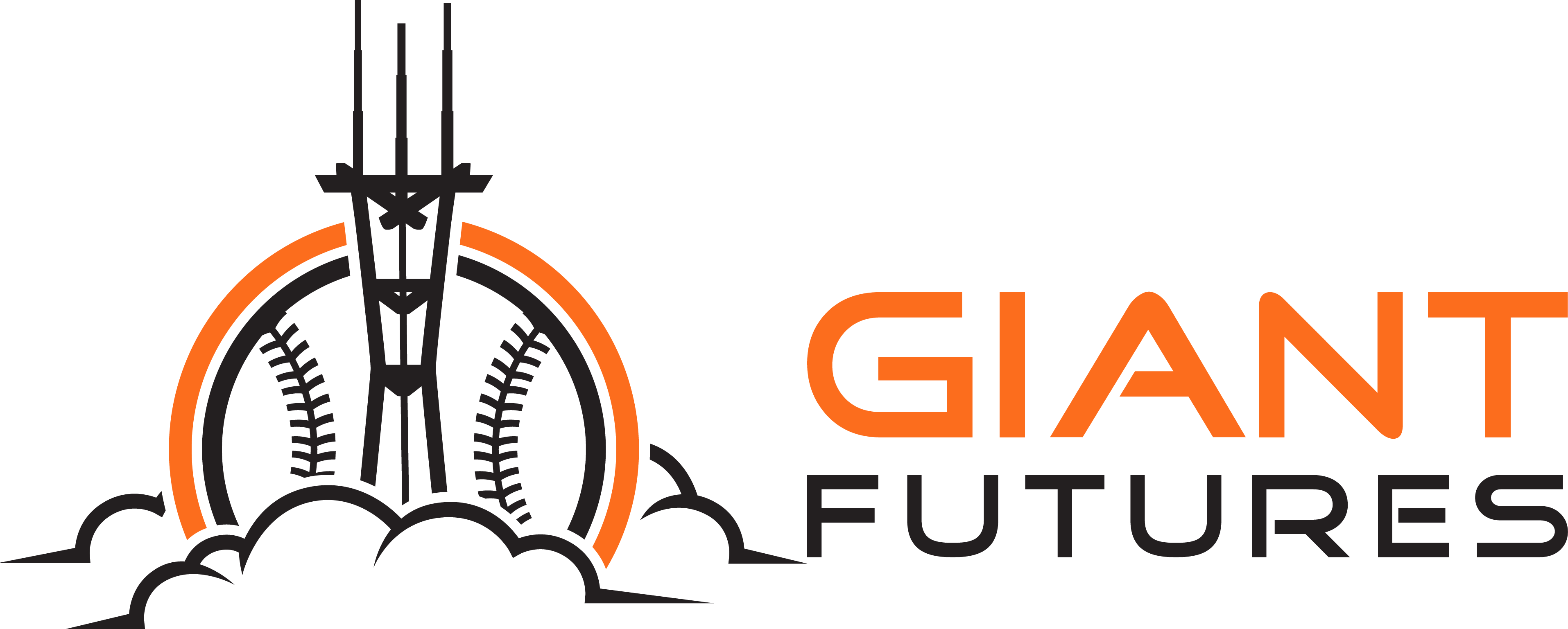
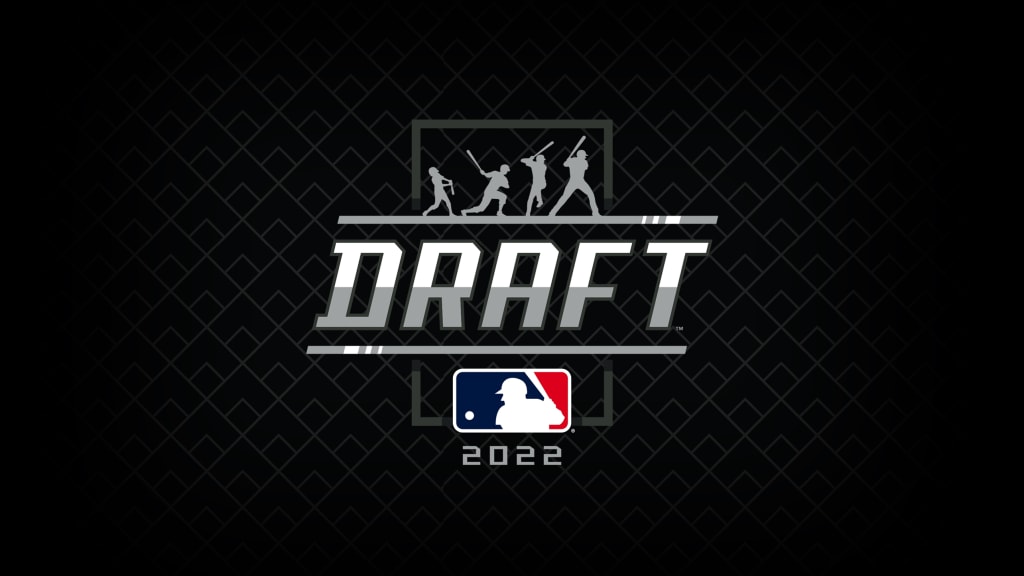
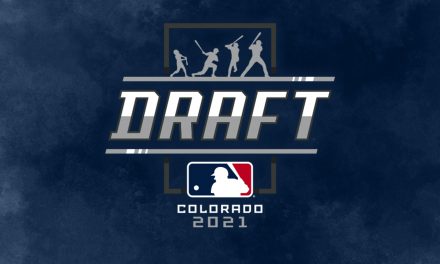
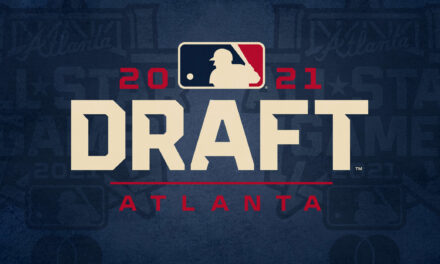
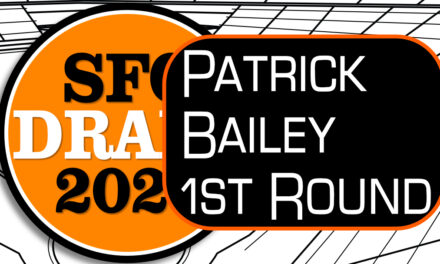
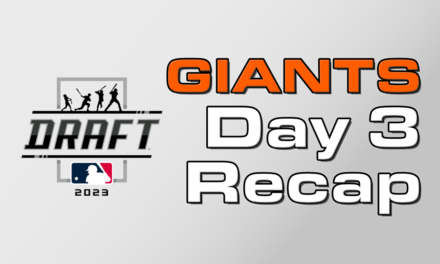

Recent Comments